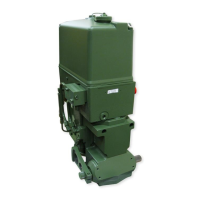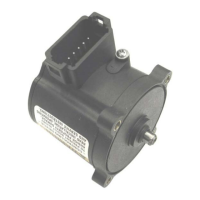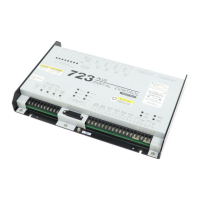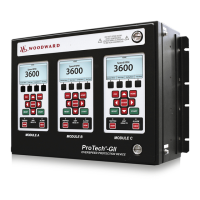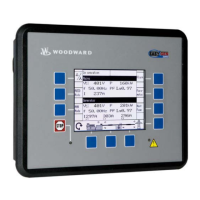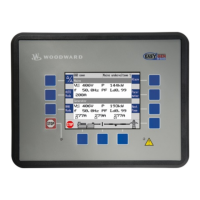Manual 26166V1 MicroNet Simplex & MicroNet Plus
Woodward 12
Chapter 1.
General Information
1.1-Introduction
The MicroNet Plus and MicroNet Simplex controls are 32-bit microprocessor-based digital controllers that
are programmable for many types of applications in the control of:
Gas and Steam Turbines
Gas and Diesel Engines
Hydro Turbines
The MicroNet Controls family provide a flexible system to control any prime mover and its associated
processes such as high speed control functions, system sequencing, auxiliary system control, surge
control, monitoring and alarming, and station control. The MicroNet platform is available in simplex,
redundant, and Triple Modular Redundant (TMR) configurations. This manual covers only simplex and
redundant based control configurations. Please refer to manual 26167 for TMR-based control
configurations.
The MicroNet Operating System, together with Woodward’s Graphical Application Program (GAP),
produces a powerful control environment. Woodward’s unique rate group structure ensures that control
functions will execute deterministically at rate groups defined by the application engineer. Critical control
loops can be processed within five milliseconds. Less critical code is typically assigned to slower rate
groups. The rate group structure prevents the possibility of changing system dynamics by adding
additional code. Control is always deterministic and predictable.
Dedicated inputs and outputs (I/O) are available onboard for key control signals while distributed I/O can
be used for other less critical parameters.
Communications with the MicroNet platform are available to program and service the control as well as to
interface with other systems (Plant DCS, HMI, etc.). Application code is generated by use of Woodward’s
GAP program or Woodward’s Ladder Logic programming environment. A service interface allows the user
to view and tune system variables. Several tools are available to provide this interface (see Engineering
and Service Access). Communication protocols such as TCP/IP, OPC, Modbus, and other current
designs are included so that the user can correctly interface the control to existing or new plant level
systems.
The MicroNet platform is expandable into multiple chassis as required by the system size and will support
any mix of I/O, including networked and distributed I/O. The MicroNet control is available in chassis sizes
with 6, 8, 12, or 14 VME slots. Each has dedicated power supply and control sections located in a single
chassis. The power supply architecture supports simplex or redundant power supplies.
1.2—Specifications and Compatibility
For environmental specifications and MicroNet compatibility information, please refer to the appropriate
appendix in Volume 2 of this manual.

